Designing lighting for healthcare facilities should be simple. People need light to see, to work, to heal. But, as anyone who has waded into the world of codes, standards, and real-world constraints knows, nothing about healthcare lighting is simple.
Architects and facility managers often tell me the same thing: “It feels like every code is written in a different language.” That is not wrong. Between ASHRAE, IECC, NFPA, FGI, IES, LEED, WELL, and other codes and standards, the rulebook stacks higher than most exterior lighting poles. The good news? The goal is not to memorize; rather, the goal is to design environments that support patients, caregivers, and staff while still satisfying the safety, rigorous visual environment requirements, and efficiency criteria.
Translating complex codes into practical, effective solutions is often the greatest challenge. Facility teams face a web of safety requirements, construction constraints, and budget considerations, while designers interpret codes and standards while translating them into environments that truly support patients, caregivers, and staff. By turning regulations into clear, actionable guidance, lighting can become both compliant and restorative. The following tips and recommendations highlight strategies to navigate these complexities, helping create spaces that are safe, functional, and healing.
The Three Faces of Healthcare Lighting
Every healthcare facility is a collection of very different environments. The way we light a waiting room is not how we light an operating room. Broadly, the goals fall into three categories:
- Public Spaces – welcoming, safe, and intuitive to navigate.
- Patient Spaces – calming, flexible, and wellness-oriented.
- Clinical Spaces – precise, functional, and aligned with space use requirements.
Public Spaces: First Impressions with Purpose
The lobby is where anxiety starts or stops. Patients and families arrive tired, worried, and stressed. Light can make or break their experience before they even check in. Bright enough for safety, warm enough to feel human. Hospitality-style lighting—more reminiscent of hotels than hospitals—helps ease nerves and serves as a positive distraction, reassuring people that they are in good hands.
Wayfinding is another unsung hero. Subtle light cues can guide patients down long corridors better than a thousand wall signs. This is not just aesthetics — it is operational efficiency. When people can confidently find their way without asking, your staff can focus on care instead of directions.
Outdoor lighting matters too. Drop-offs, parking lots, and staff respite areas all need the right balance of safety and warmth. Nobody wants a hospital to feel like a warehouse parking lot.
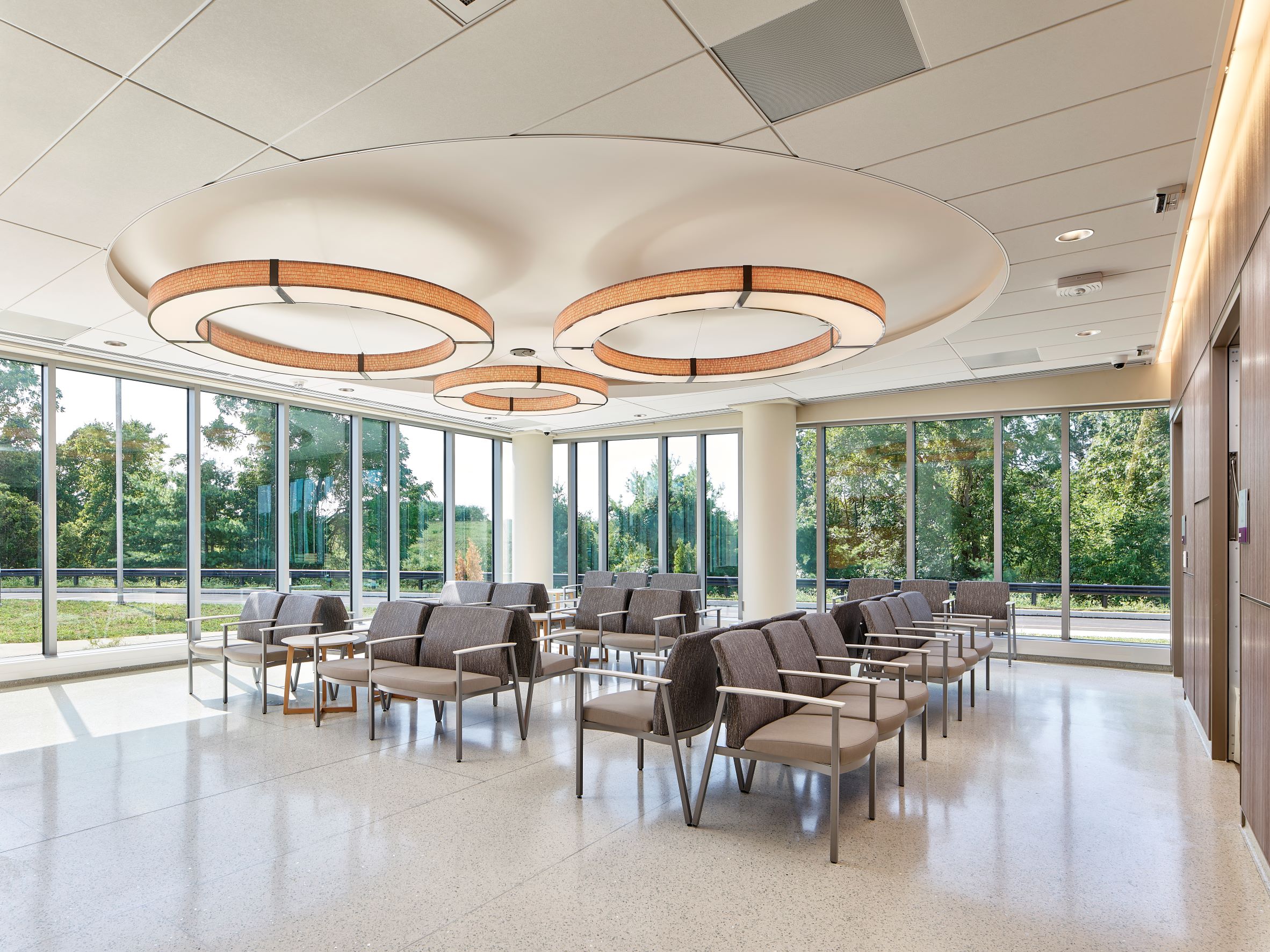
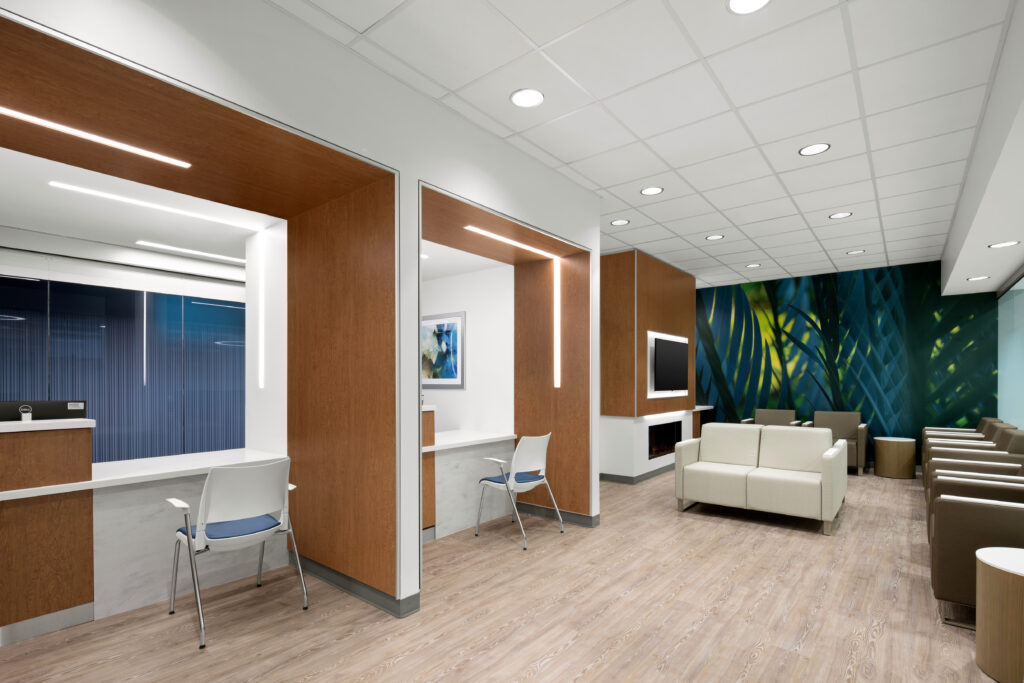
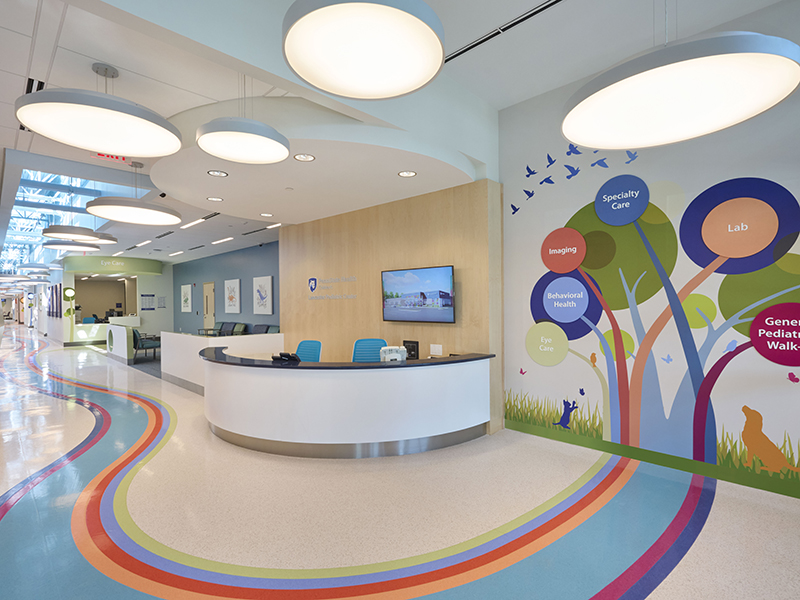
Patient Spaces: Flexibility is the New Prescription
A patient room is part hotel, part exam room, and part living space. Patients read, rest, recover, and sometimes face the scariest moments of their lives here. Nurses check vitals at 2 a.m., family members sleep in recliners, and physicians require a quality exam light.
One-size-fits-all lighting does not work. Patient spaces demand multi-function fixtures: ambient, reading, exam, and night-lighting all in one system. And yes, pillow-speaker lighting control is still the gold standard — it puts access to comfort literally in the hands of the patient.
Color quality matters too. High CRI (90+) and appropriate CCT ensure that staff see skin tones and charts accurately, while warmer light at night protects patients’ circadian rhythms. In behavioral health units, fixtures must be tamper-resistant and anti-ligature, yet still supportive and non-institutional. Patients deserve lighting that upholds dignity and supports well-being, rather than lighting that feels harsh or confining.
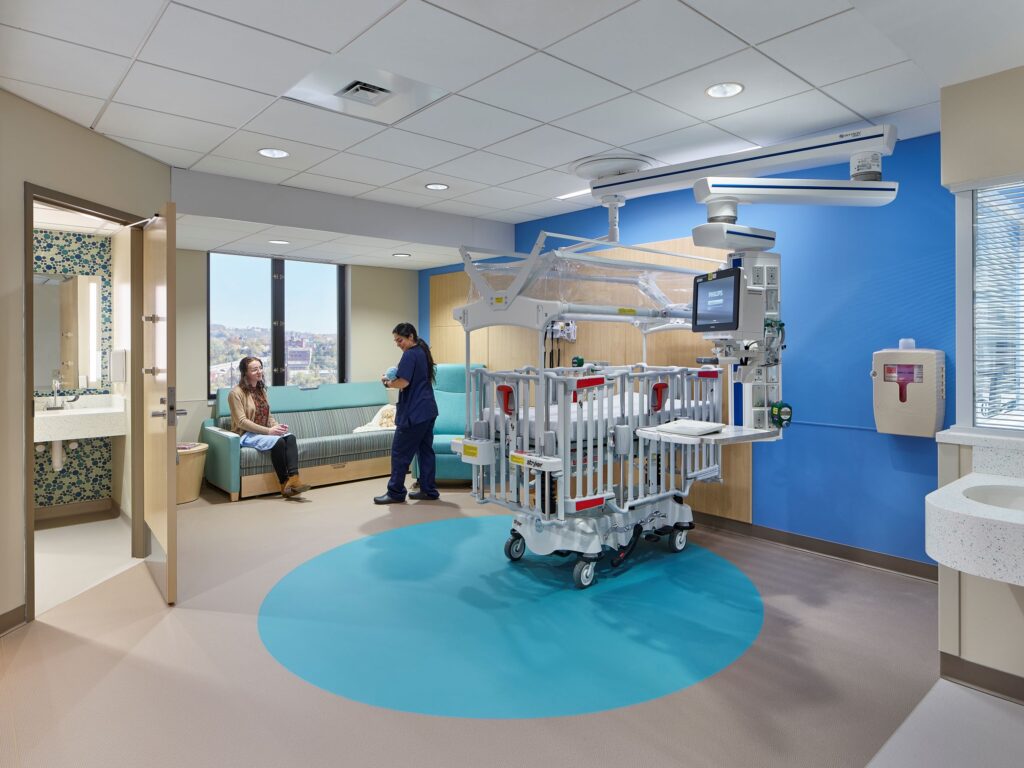
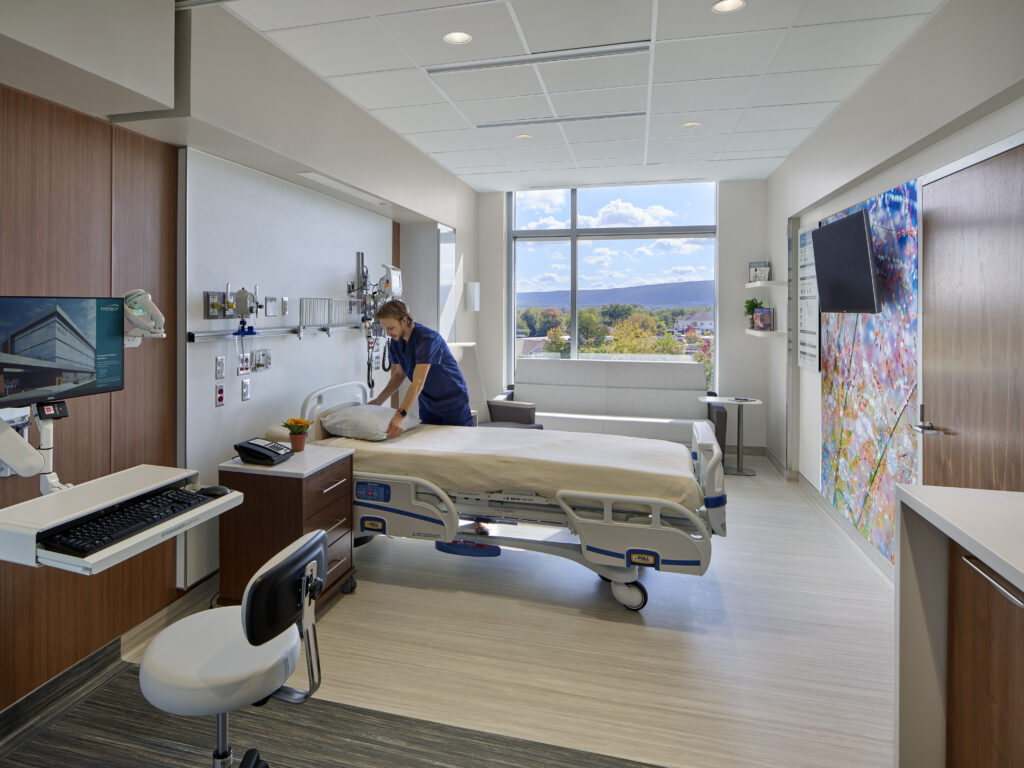
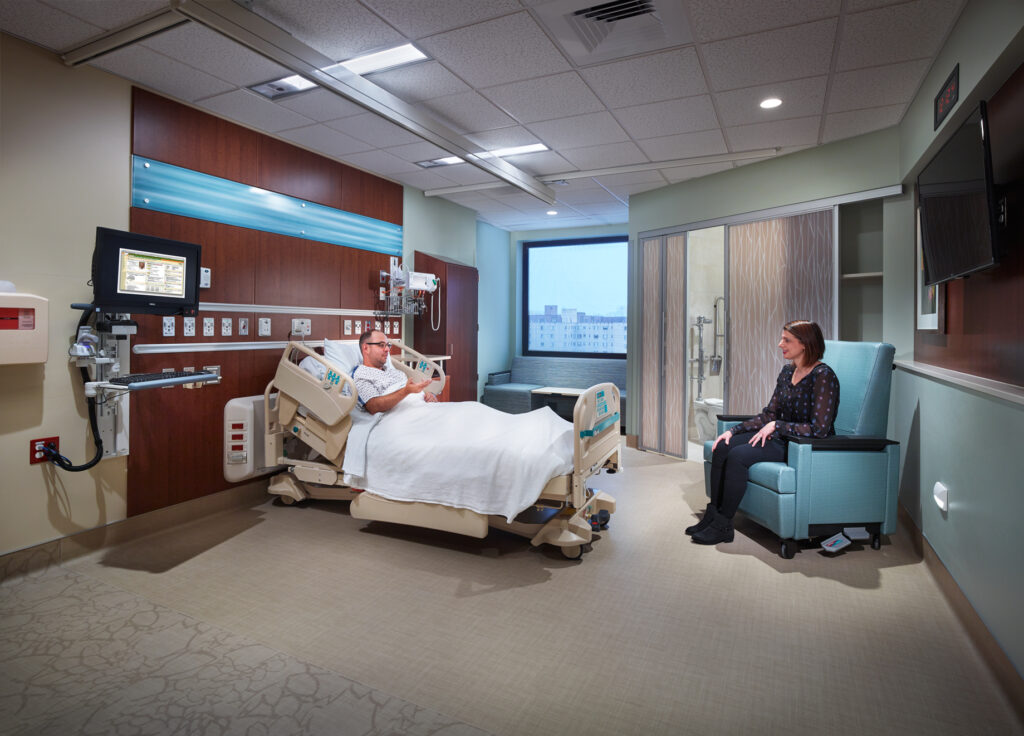
Clinical Spaces: Safety First, Always
Operating rooms, imaging suites, pharmacies, labs — here, light is an essential tool. Staff need precision, control, and absolute reliability.
- Operating rooms demand multiple zones, dimmable control, and glare-free surgical fields.
- Imaging rooms (MRI, CT, X-ray) need flexibility — different modes for setup, scanning, and cleaning, plus unique requirements like non-ferrous materials for MRI compatibility.
- Pharmacies often follow USP 797 and USP 1066 requirements for illumination, cleanability, and safety.
The codes and standards here are unyielding, and rightly so. When a power outage hits, emergency lighting must restore power within seconds. When medications are prepared, lighting must support accuracy to reduce errors and hygiene to reduce infection. Lives depend on it.
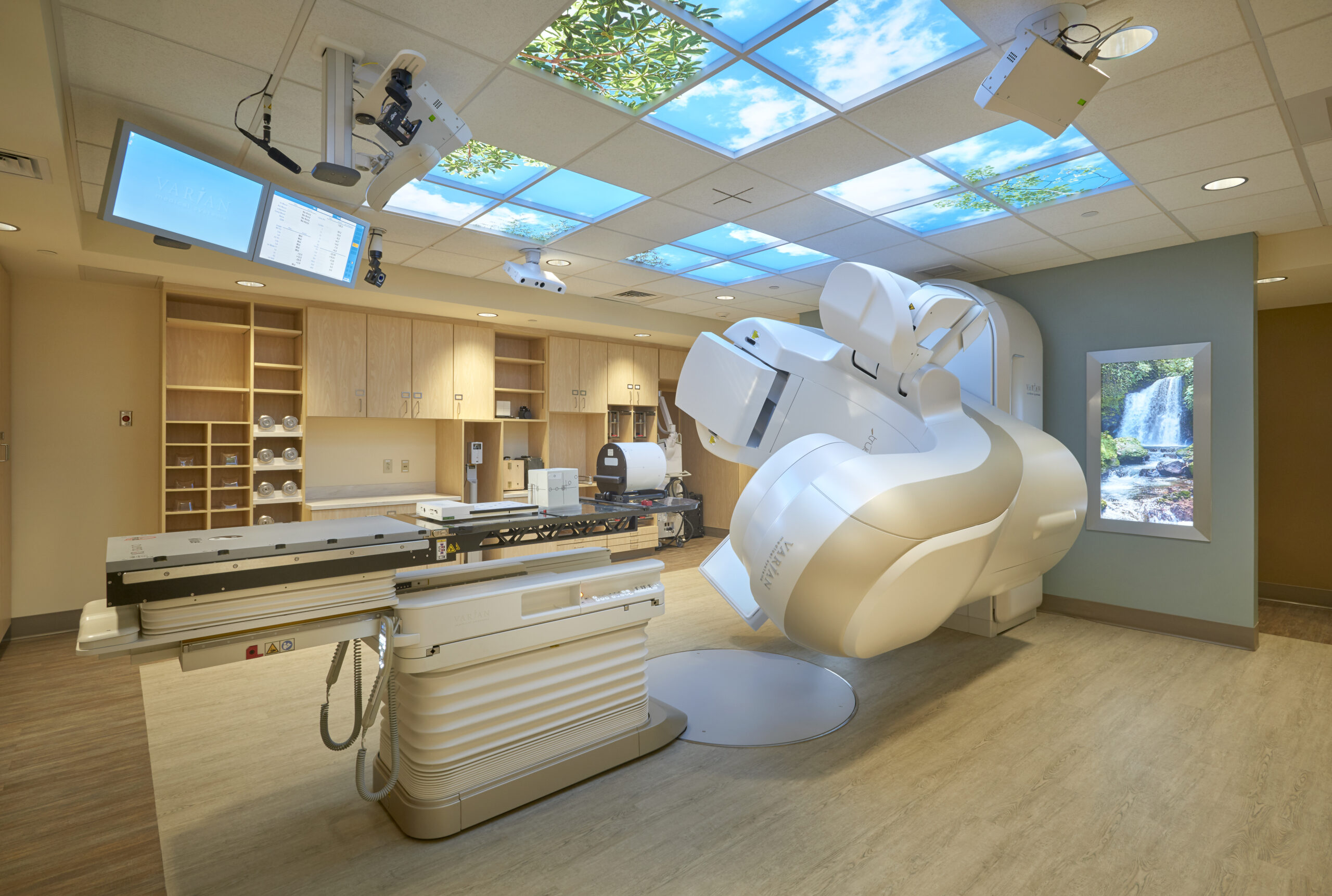
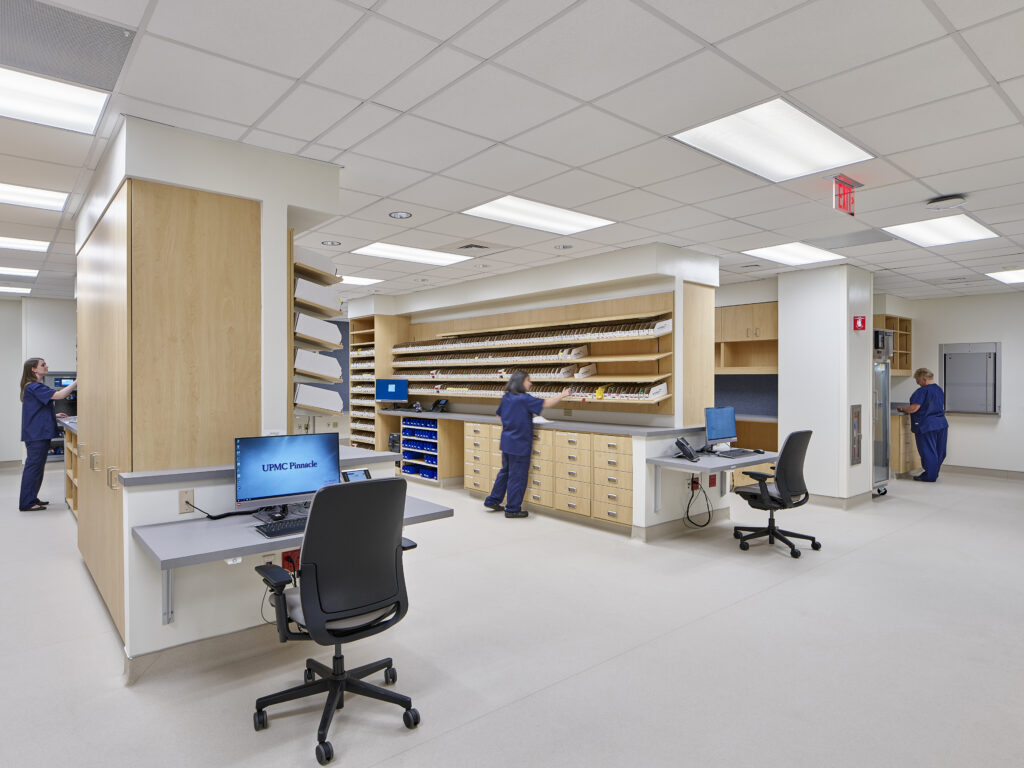
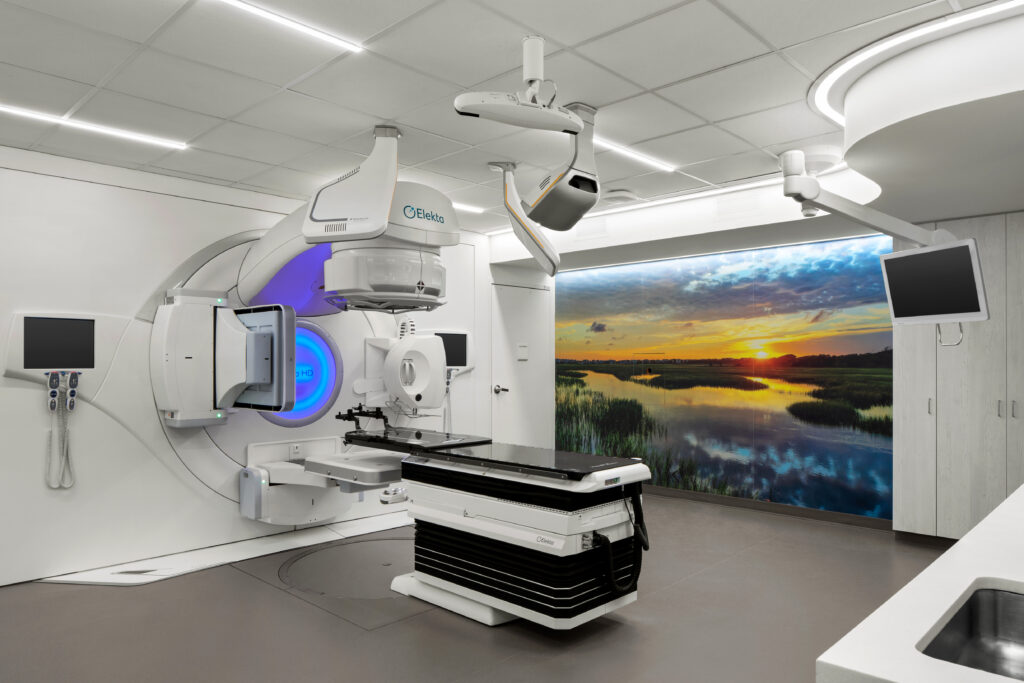
Wrestling with the Codes
There is no healthcare “easy button” for lighting codes. IECC does not carve out sweeping exceptions for hospitals, which makes energy compliance more challenging. ASHRAE and IECC lighting control energy code compliance differs quite significantly. NFPA requires critical branch and life safety lighting in specific applications where healthcare is administered. And daylighting? Sometimes required, sometimes excluded, sometimes defined differently depending on the code or standard.
Good design balances compliance with practical, common-sense solutions. Where codes allow discretion, we err on the side of safety. And when states adopt different editions, we confirm early with the architect and AHJ to avoid mid-project surprises.
Trends That Matter
Beyond codes, the market is rapidly evolving. Here are trends we see shaping healthcare lighting today:
- Circadian Lighting – Tunable white light that shifts through the day supports staff alertness and patient recovery.
- UV Disinfection – Ultraviolet germicidal irradiation (UVGI) is being used to help reduce pathogens in occupied and unoccupied spaces.
- Antimicrobial Finishes – Fixtures and lighting control devices with coatings that resist bacteria, especially in high-contact areas.
- Tunable Color (RGBW) – From calming pediatric environments to breast cancer awareness campaigns, colored light is most frequently installed for positive distractions in treatment, therapeutic, and storytelling areas.
- Energy Efficiency – Lighting Power Density (LPD) allowances keep dropping, and codes keep tightening as lighting sources become ever more efficient and cost-effective to control, which reduces energy use even further. The challenge is balancing sustainability goals with budgets and the real needs of patients, caregivers and maintenance staff.
Facility Standards: The Hidden Hero
Most clients underestimate the importance of their own design and maintenance standards. Every facility has preferences — from fixture manufacturers to pillow speaker integration, from the Building Automation approach to backup lighting methods. When those standards are clear, projects run more smoothly, quickly, and cost-effectively.
Consider writing down your standards and expectations, updating them often, and sharing them early in the design process. Your future self (and your facilities team) will be better off for it.
Final Thought
Lighting for healthcare is not about watts and codes. It is about people. Patients who need rest and recovery. Nurses who need visual acuity. Surgeons who need control. Support staff who need user-friendly simplicity. Families who need reassurance and respite.
The codes and standards will keep changing. The codes and standards will keep stacking up. But if we remember that light is not just a utility but a tool for care, we will always land in the right place.
So, when the codes and standards feel overwhelming, remember you, the client, are the constant. And every project is an opportunity to create spaces that are not just compliant — but truly healing. Feel free to contact Jimmy Bates, PE, LC, jsb@ba-inc.com, at Barton Associates if you have any questions.